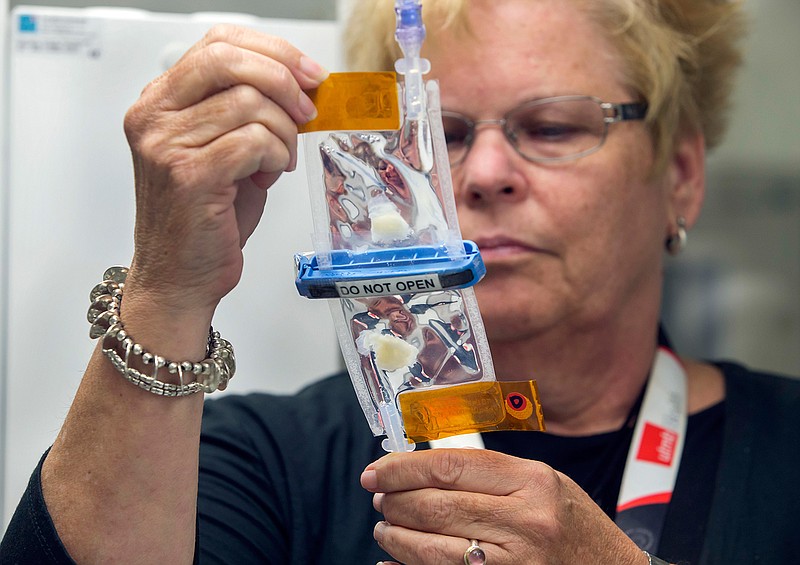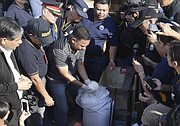GALVESTON, Texas-Two hundred and fifty miles above the Earth's surface, scientists have begun testing the limits of human biology. In the sterile environment of the International Space Station, cells are being prodded to grow and multiply.
The Galveston County Daily News reports the goal is to grow human body parts, without the rest of the human attached.
The experiment sounds like a plot for a science fiction movie. But it's actually one of the newest experiments to be conducted on the space station. The experiment, launched earlier this month, was designed by a University of Texas Medical Branch team.
Researchers aim to study how stem cells develop in a zero-gravity environment. The results could lead to new possibilities to help with long-distance space flight and terrestrial medical treatments, said Joan Nichols, a professor of internal medicine, and microbiology and immunology and the associate director of the Galveston National Laboratory.
The experiment was developed over the past five years. It was launched as part of the payload aboard a SpaceX Dragon Cargo ship. The ship carried 6,400 pounds of equipment, experiments and supplies, including a freezer full of Blue Bell ice cream cups.
Nichols and her team spent the week before the launch in Florida, preparing the experiment. It went off without a hitch and the capsule has arrived at the space station.
"Everything went smoothly," Nichols said.
Nichols has studied lungs and their development on a cellular level for 15 years. The lab, which is focused on studying how lungs grow and heal, is not new to pushing scientific boundaries.
In 2015, researchers from the lab successfully transplanted a bioengineered lung into a living pig.
Over time, the limits of growing cells on Earth has become apparent, she said. Studies have already shown that stems cells grow and multiply better in a zero-gravity environment than they do down below, she said.
The results could be used to develop treatments for problems astronauts develop on a long space flight, such as lung disease or traumatic injury.
"We've discovered what our limits are for doing large tissue constructs is the fact that the stem cells don't proliferate very well," Nichols said. Stem cells stay "stemmy" in space, she said, they don't mature and become other types of cells as fast.
"If the cells stay stemmier and produce better, that's a huge thing that we can't do here on Earth," Nichols said. "It will answer some questions about these cells."
Nichols and her team will be in communication with NASA and the astronauts on the space station over six weeks as the experiment is conducted. While tests are done in space, her team will replicate the experiment at the Galveston National Laboratory, to provide a control sample to compare the results.
Being able to expand the program to the stars has been a dream come true, Nichols said.
"Being at Kennedy and Cape Canaveral, and working at the lab there, at the building where all the Apollo missions happened-I grew up with that," Nichols said. "We worked hard and there were really long days, but it really was the most amazing experience ever."


